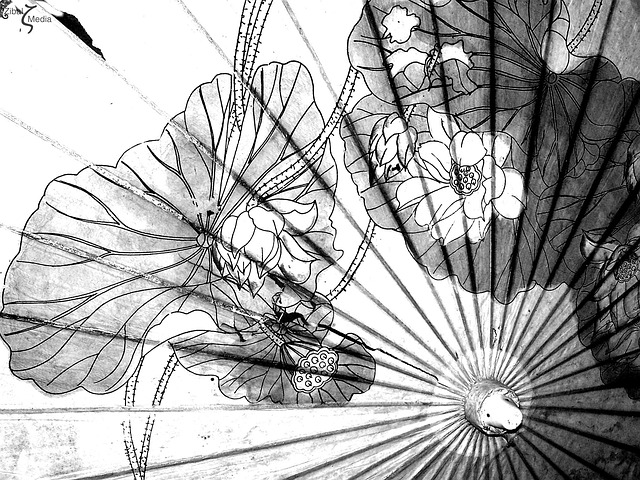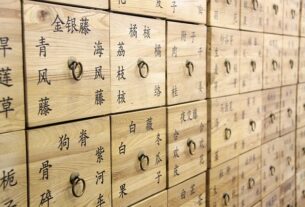Traditional Chinese houses, enriched by centuries of heritage, boast exceptional craftsmanship, exquisite design, and architectural adaptability across diverse climates. These structures, characterized by natural materials, intricate carpentry, and harmonious aesthetics, offer positive outcomes like healthier interiors, practical designs, and adaptable floor plans. Modern architects draw inspiration from their timeless beauty, blending traditional elements with contemporary amenities in renovations throughout China's historic cities.
“Dive into the captivating world of Traditional Chinese Houses, where superior craftsmanship meets timeless beauty. China’s architectural heritage boasts a rich tapestry of designs that have stood the test of time. From intricate woodwork to harmonious layouts, these homes embody proven principles of effective living.
In this article, we explore three key aspects: discovering the artistry behind traditional construction, appreciating its enduring appeal, and uncovering innovative design elements that make Traditional Chinese Houses both functional and aesthetically remarkable.”
- Discovering the Superior Craftsmanship of Traditional Chinese Houses
- Explore the Proven Beauty of Trusted Traditional Chinese Architecture
- Unveiling the Innovative Design of Effective Traditional Chinese Houses
Discovering the Superior Craftsmanship of Traditional Chinese Houses
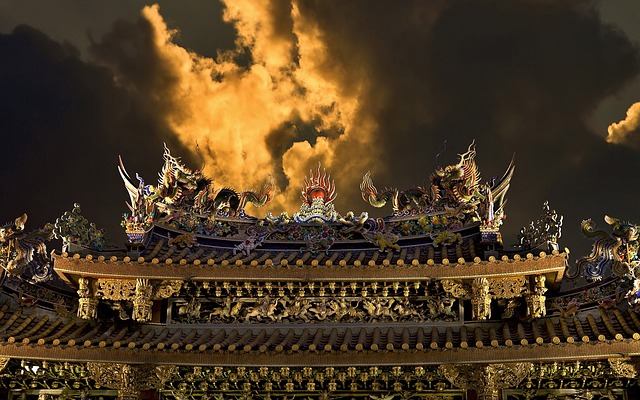
Traditional Chinese houses are renowned for their superior craftsmanship and exquisite design, reflecting centuries of architectural evolution. These homes often feature elegant, flowing lines with a strong emphasis on balance and harmony, values deeply rooted in Chinese culture. The use of natural materials such as wood, stone, and tile, combined with intricate carpentry work, creates structures that are both aesthetically pleasing and structurally sound.
One notable aspect of Traditional Chinese houses is their adaptability to diverse climates. From the southern regions with their subtropical weather to the northern areas experiencing harsh winters, these homes incorporate clever design elements like overhangs, ventilating roofs, and insulating materials to ensure comfort year-round. This attention to detail and functionality has made Traditional Chinese architecture a global inspiration, with many modern architects drawing upon its timeless beauty and practicality in their designs today.
Explore the Proven Beauty of Trusted Traditional Chinese Architecture
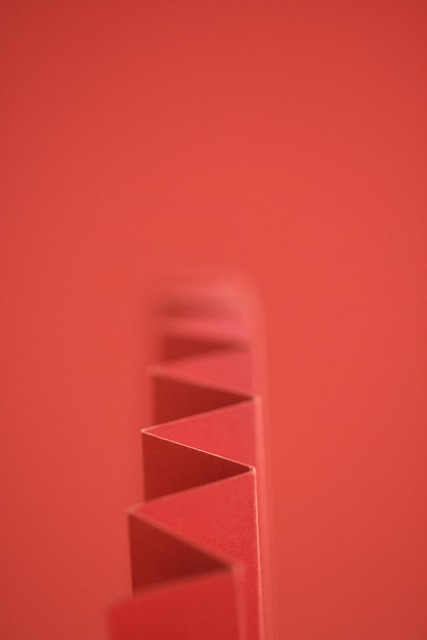
The beauty of Traditional Chinese architecture lies not just in its aesthetic appeal but also in its deep-rooted cultural significance and exceptional craftsmanship. From grand palaces to cozy courtyards, these buildings showcase a harmonious blend of functionality, symbolism, and natural elements. One of the defining characteristics is the use of wooden structures, brick, and stone, often adorned with intricate carvings and painted with vibrant colors. The signature roof lines, with their gentle slopes and overhanging eaves, not only provide practical protection against the elements but also add to the elegant and balanced aesthetic.
A prime example of excellence in Traditional Chinese architecture is the Forbidden City in Beijing, a complex of imperial palaces that stood as a testament to the dynasty’s power and cultural sophistication for centuries. Similarly, many ancient towns like Zhujiajiao, with its well-preserved canals and stone bridges, offer visitors a glimpse into the past, highlighting the enduring beauty and craftsmanship that have defined Traditional Chinese Houses throughout history.
Unveiling the Innovative Design of Effective Traditional Chinese Houses
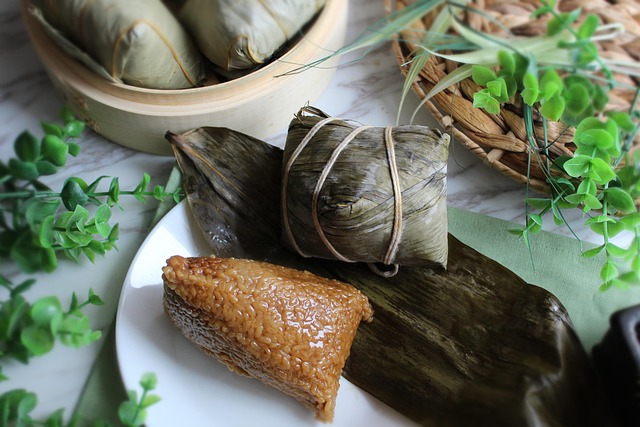
Unveiling the Innovative Design of Effective Traditional Chinese Houses
Traditional Chinese houses have always been more than just physical structures; they are a testament to centuries of cultural evolution, practicality, and aesthetic beauty. These homes are meticulously designed to blend seamlessly with their natural surroundings, reflecting the harmony and balance that are central to Chinese philosophy. One striking feature is the use of natural materials like wood, stone, and bamboo, which not only enhance the visual appeal but also contribute to a healthier indoor environment. The iconic slanted roofs, for instance, serve both decorative and functional purposes, allowing snow to slide off easily during winter storms.
The innovative design of Traditional Chinese houses extends beyond aesthetics. They are often built with adaptability in mind, accommodating changing family dynamics and modern lifestyles. For example, many traditional homes feature flexible floor plans that can be reconfigured for different needs. In recent years, architects have successfully integrated contemporary design elements while preserving the essence of traditional Chinese architecture. A notable success story is the renovation of historic mansions in major cities like Beijing and Shanghai, where original structures have been revitalized to include modern amenities without compromising their cultural integrity.
Chinese houses, characterized by their superior craftsmanship, trusted architecture, and innovative design, offer more than just shelter—they encapsulate centuries of cultural heritage and aesthetics. By exploring these traditional elements, we gain a deeper appreciation for the beauty and efficiency that have made them stand the test of time. Whether in their intricate woodwork, balanced layouts, or harmonious integration with nature, Traditional Chinese Houses continue to inspire and serve as models for modern living. Trust in their enduring appeal, and you’ll discover a world of design wisdom that transcends borders.
